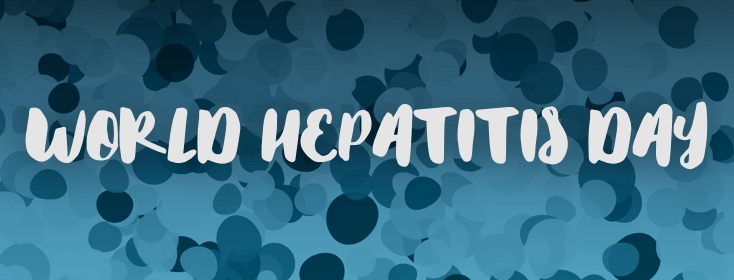19 Facts for World Hepatitis Day
May is Hepatitis Awareness month, and May 19 is World Hepatitis Day. There are still so many people who do not understand what Hepatitis C is, how it can impact a person's life, or even what the differences are between Hepatitis A, B, and C. Here are 19 Facts about hepatitis C. Please feel free to share this information with others to help spread awareness!
- According to the National Viral Hepatitis Roundtable, 3.9 million people in the U.S. have hepatitis C virus
- Globally 150 million people are infected with chronic hepatitis C
- A person may have antibodies to hepatitis C but not be infected
- 15-20% of patients will fight off the virus without treatment within 6 months after exposure.
- More people die from hepatitis C than from HIV/AIDS
- There is no vaccine to prevent the virus
- 1 in 30 baby boomers have been exposed to hepatitis C
- Baby boomers (born between 1945-1965) should ask for a one time hepatitis C test
- Most baby boomers are unaware they have the infection
- Untreated hepatitis C may lead to liver failure and/or hepatocellular carcinoma
- Hep C is insidious in that the majority of patients have no recognizable symptoms during the first 10-20 years of having the virus
- Up to 3/4 of patients who are infected do not know they have hepatitis C
- Hepatitis C is the number 1 reason for adult liver transplantation in the U.S.
- Hepatitis C is transmitted when infected blood enters the bloodstream of a non-infected person
- 75% of patients in the U.S. have the genotype 1 strain
- Hepatitis C is NOT considered a sexually transmitted infection
- There is a cure for hepatitis C
- Once cured you may get it again if you are exposed
- People with hepatitis C should not drink alcohol
This article represents the opinions, thoughts, and experiences of the author; none of this content has been paid for by any advertiser. The HepatitisC.net team does not recommend or endorse any products or treatments discussed herein. Learn more about how we maintain editorial integrity here.

Join the conversation